After a societal collapse, finding resources becomes crucial for survival. Knowing how to scavenge effectively can mean the difference between thriving and barely surviving. These 15 tips will help you become a master scavenger in a post-collapse world.
Know Your Priorities

When scavenging, focus on essential items first. Water, food, medical supplies, and tools should top your list. In the first 72 hours after a collapse, an average person needs about 1 gallon of water per day and 1,200-1,500 calories. Prioritize these needs when searching abandoned areas. Remember, you can survive three weeks without food, but only three days without water.
Map Your Area
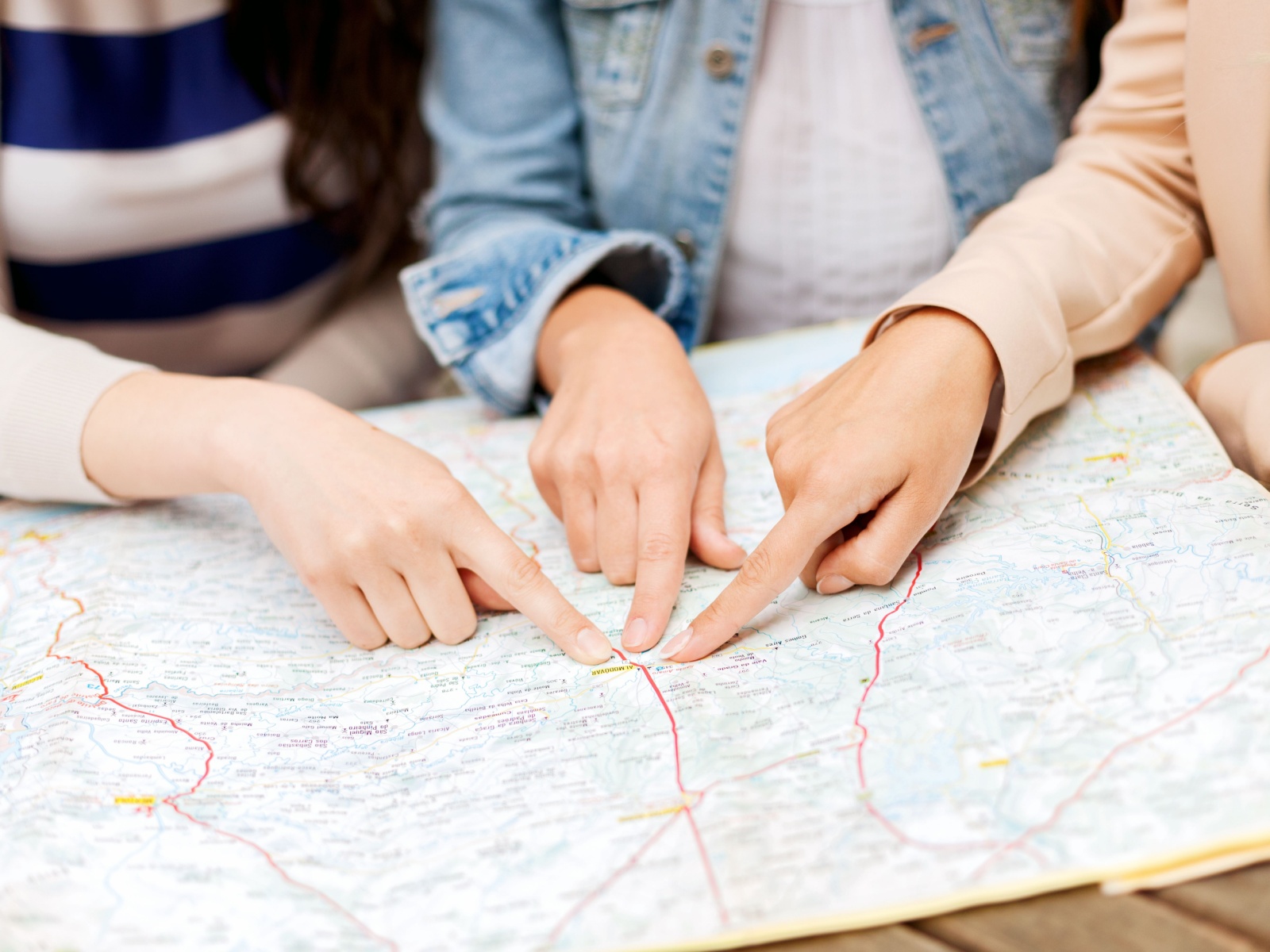
Create a detailed map of your surroundings, marking potential scavenging locations. Include abandoned buildings, warehouses, and stores. Note water sources, like rivers or lakes. A typical suburban area has about 2,000 homes per square mile, each potentially containing useful items. Update your map regularly as you explore and conditions change.
Timing Is Everything
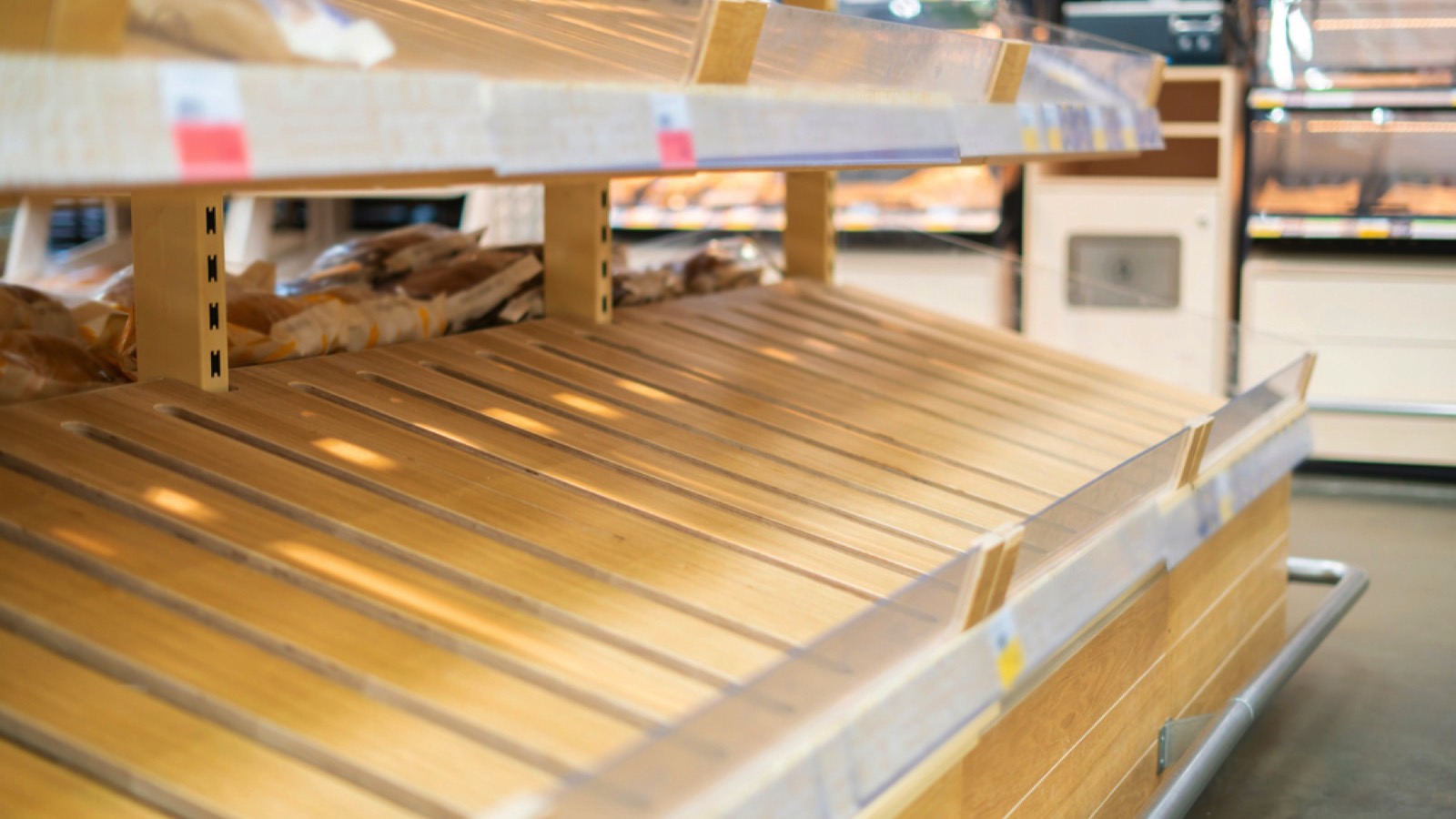
Scavenge early and often in the initial stages of a collapse. The first few days are crucial, as resources will quickly become scarce. Studies show that grocery stores can be emptied within 3 days of a major disaster. Plan your scavenging trips during daylight hours for better visibility and safety. Avoid night scavenging unless absolutely necessary.
Travel Light
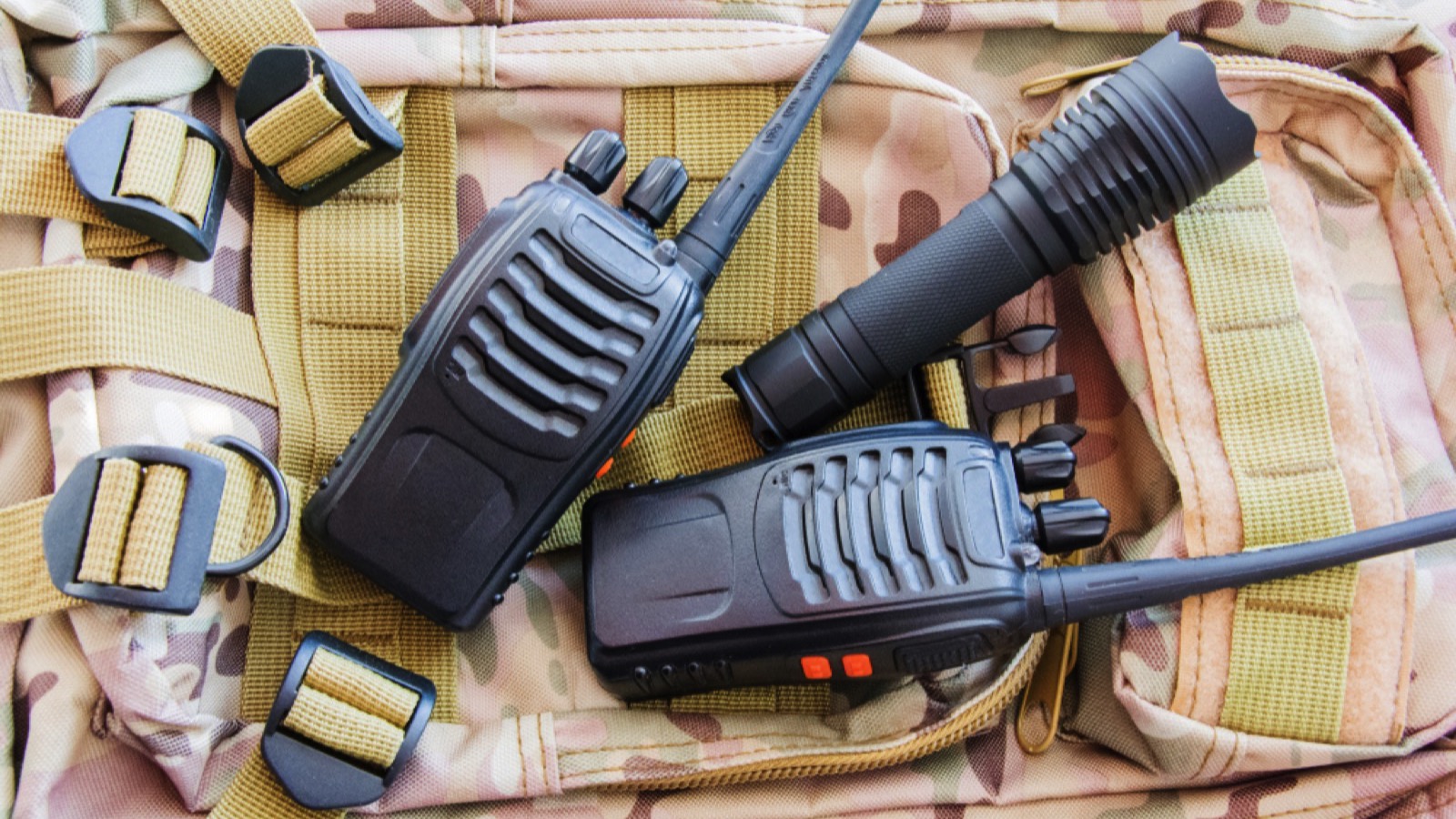
Carry only essential tools when scavenging. A backpack, multi-tool, flashlight, and self-defense item are must-haves. Keep your load under 20% of your body weight to maintain mobility. A typical adult can carry about 1/3 of their body weight for short distances, but this drastically reduces speed and endurance.
Look for Overlooked Places
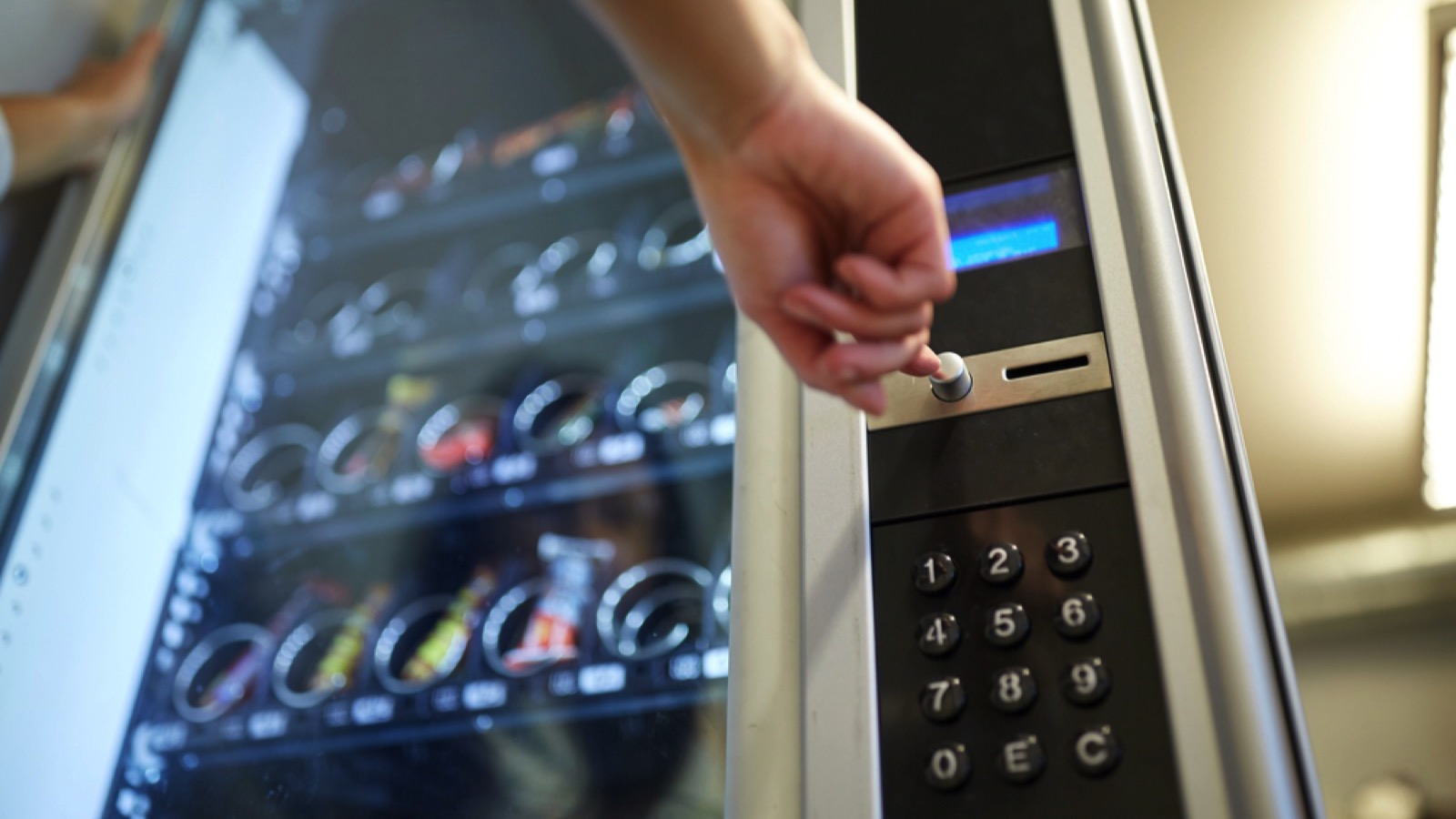
Check less obvious locations that others might miss. Vending machines, school cafeterias, and office break rooms can be goldmines for food and drinks. An average vending machine holds about 400 items. Don’t forget to check under sinks and in closets for cleaning supplies, which can be valuable for sanitation.
Be Aware of Expiration Dates

When scavenging food, pay attention to expiration dates but don’t rely on them entirely. Many foods are safe to eat long after their “best by” date. Canned foods can last 2-5 years past their expiration date if stored properly. Always use your senses to check for signs of spoilage before consuming any scavenged food.
Repurpose Items
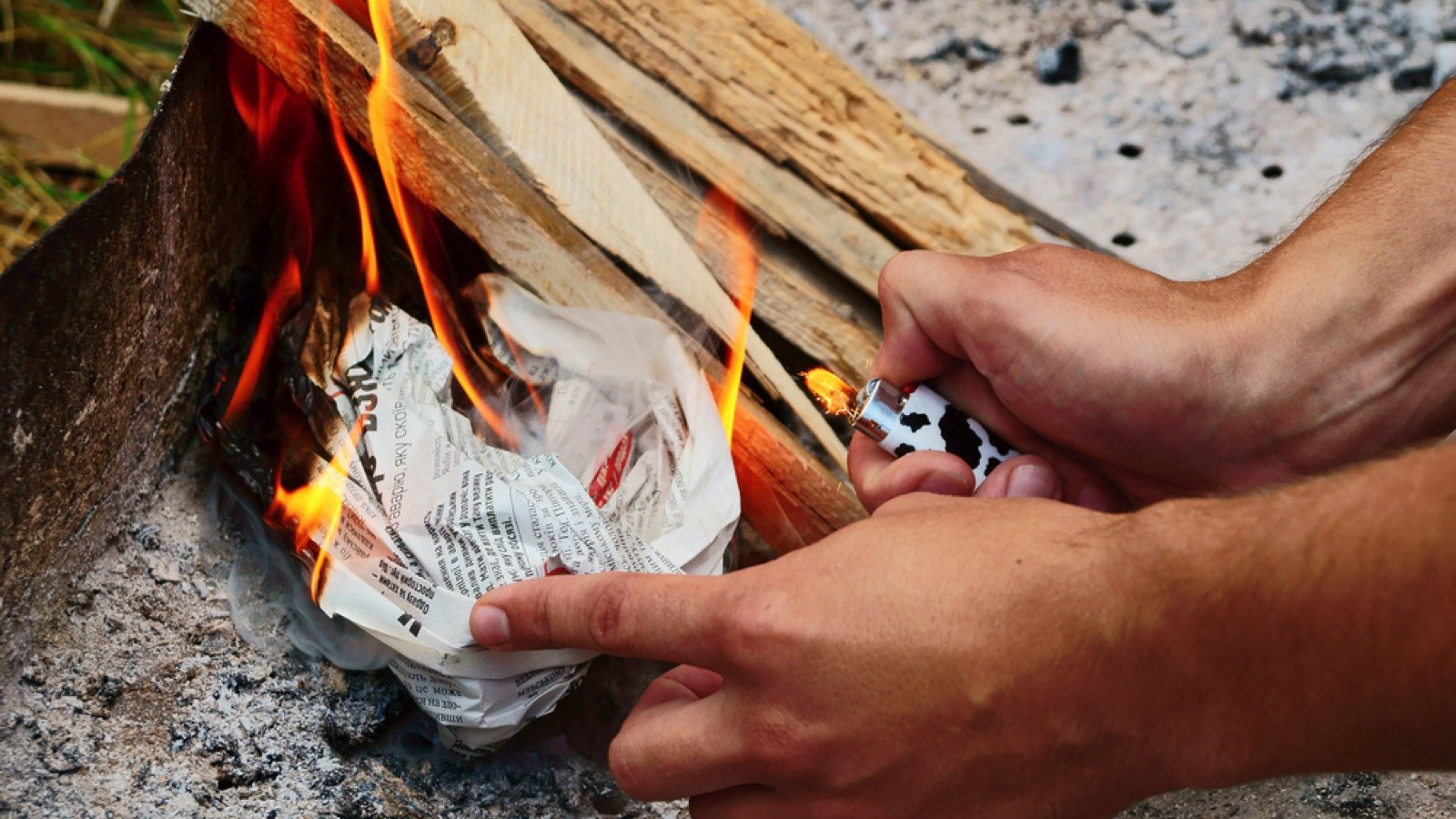
Think creatively about how to use found items. A shower curtain can become a water collector or shelter. Newspapers can be used for insulation or fire starting. Even seemingly useless items like empty plastic bottles can be repurposed for storage or as building materials for a solar still, which can produce up to 1 liter of clean water per day.
Stay Safe
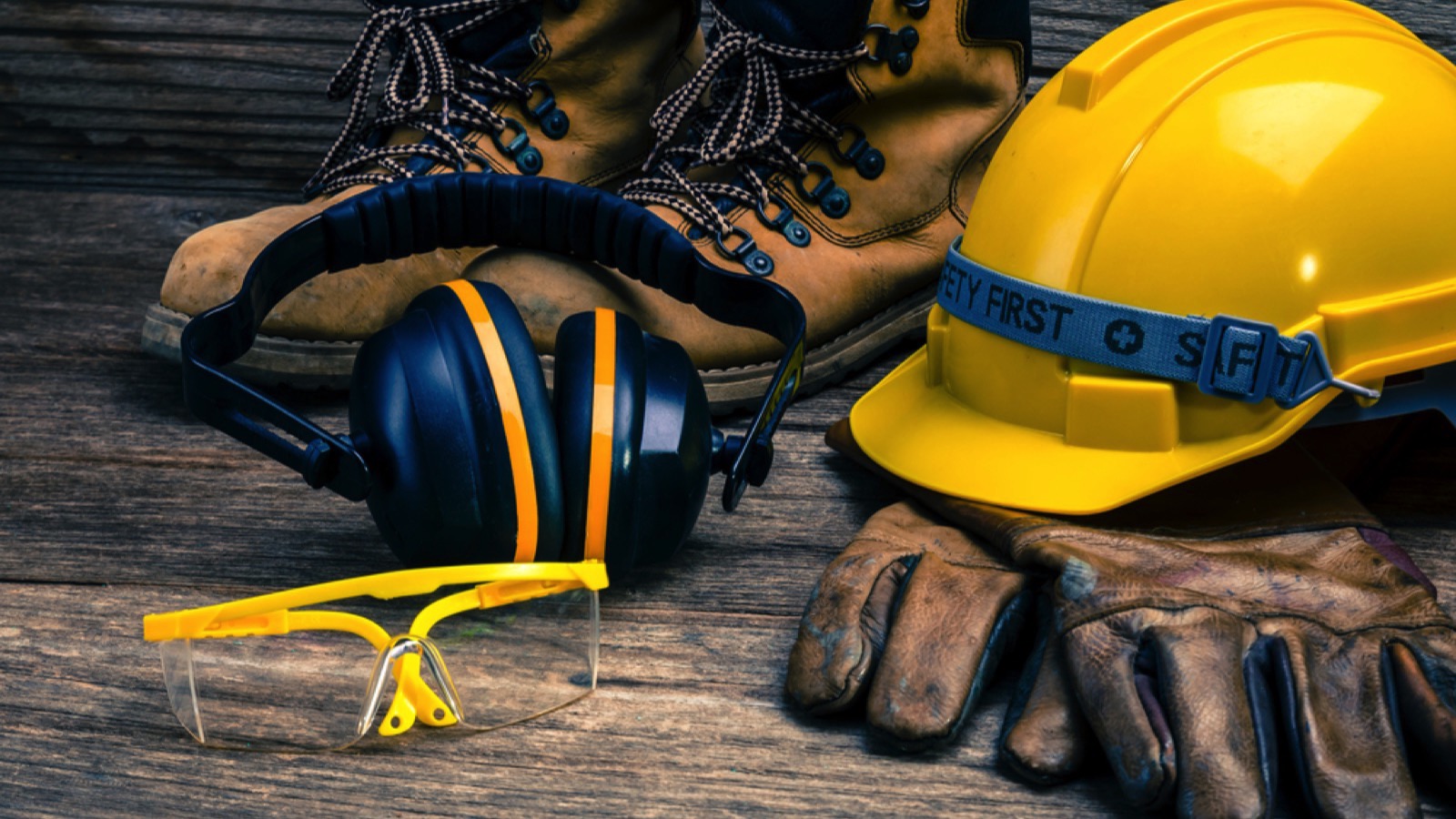
Always prioritize your safety when scavenging. Wear protective gear like gloves and sturdy shoes. Be cautious of unstable structures, as about 25% of buildings in disaster-affected areas can be structurally compromised. Watch for signs of other scavengers or potential threats. If a situation feels unsafe, trust your instincts and leave immediately.
Use a Checklist

Maintain a checklist of needed items to stay focused while scavenging. This helps prevent wasting time on unnecessary items. Include categories like food, water, medical supplies, tools, and clothing. A well-prepared checklist can reduce scavenging time by up to 30%, allowing you to cover more ground efficiently.
Learn to Identify Useful Plants

Familiarize yourself with edible and medicinal plants in your area. Dandelions, for example, are entirely edible and rich in vitamins A and C. Plantain leaves can be used to treat minor wounds. Knowing just 10 useful wild plants can significantly supplement your scavenged resources.
Don’t Forget About Water Sources
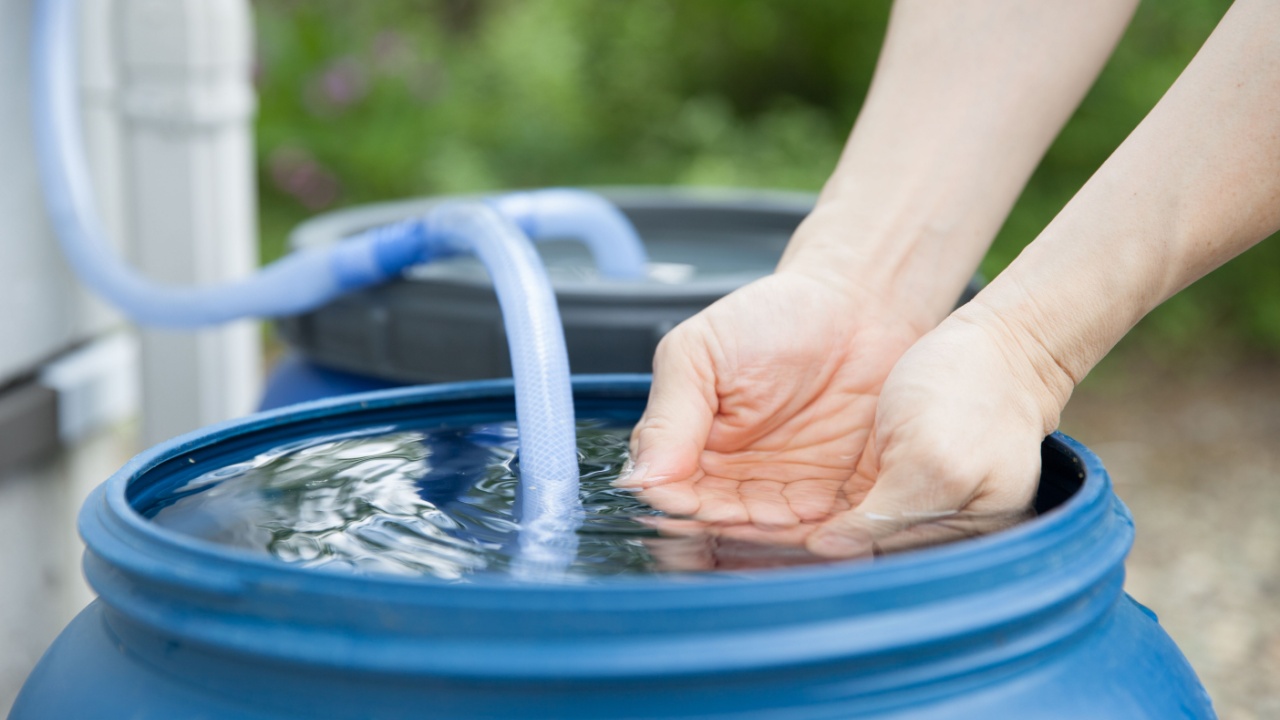
While searching for supplies, always be on the lookout for water sources. Check for rain barrels, water heaters, and toilet tanks in abandoned buildings. A typical home water heater holds 40-80 gallons of potentially drinkable water. Remember to purify all found water before consuming, even if it looks clean.
Scavenge for Information
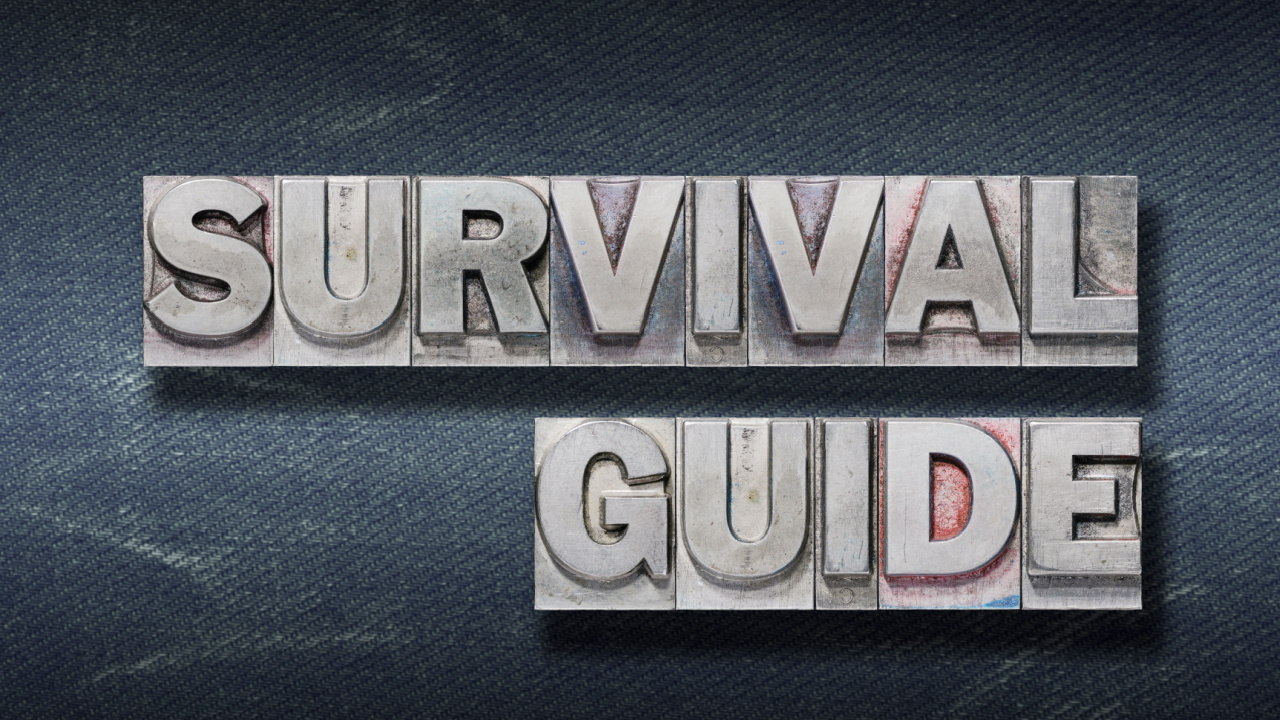
Books, maps, and instruction manuals can be invaluable resources. Look for survival guides, first aid manuals, and local area maps. A single bookstore or library can contain thousands of useful books. Prioritize practical information that can help you in your post-collapse situation.
Establish a Home Base
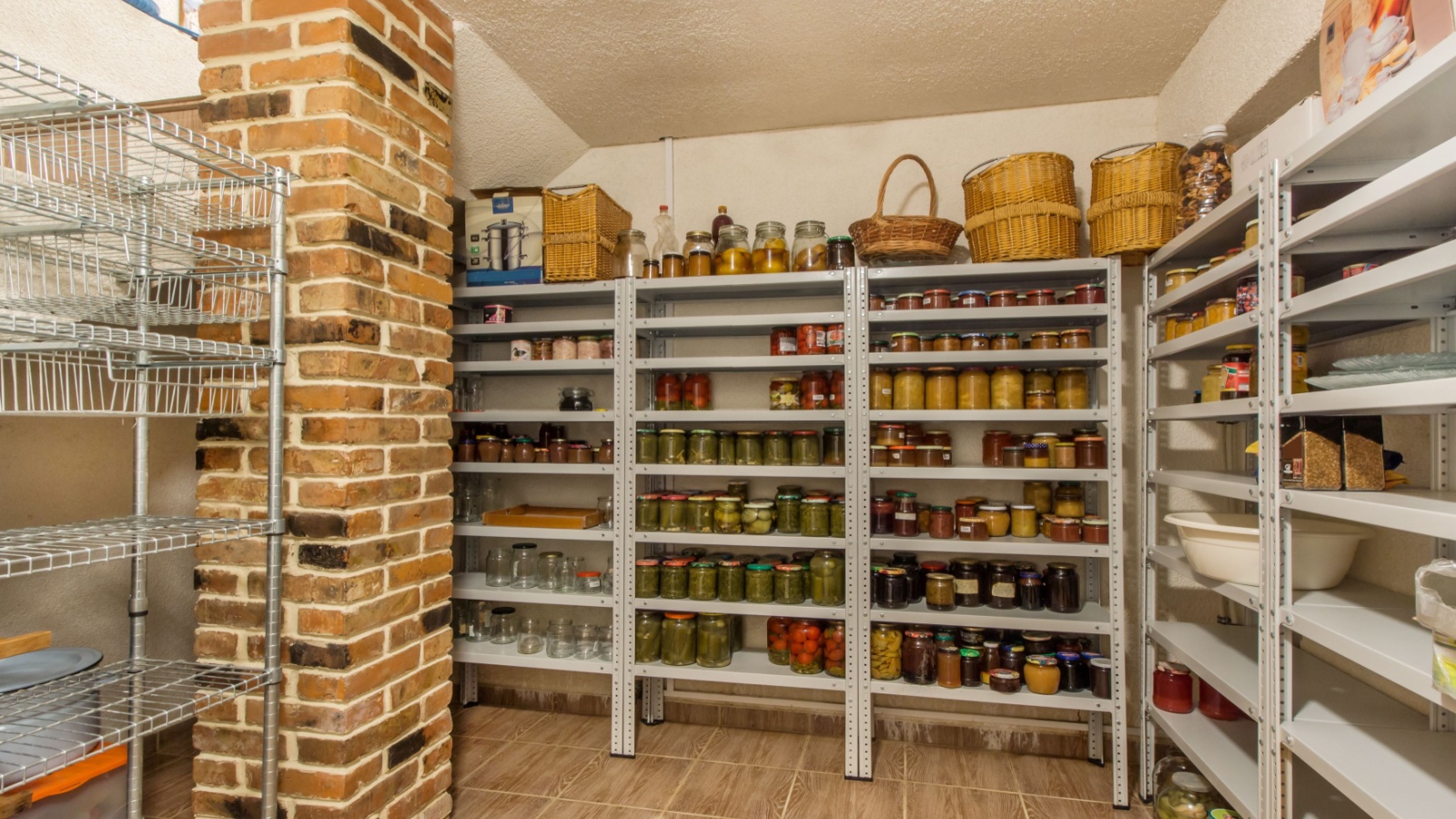
Set up a secure location to store your scavenged items. This could be your home or a safer alternative. Ensure it’s well-hidden and defensible. A typical 10×10-foot room can store enough supplies for a family of four for about 3 months if organized efficiently.
Rotate and Maintain Supplies
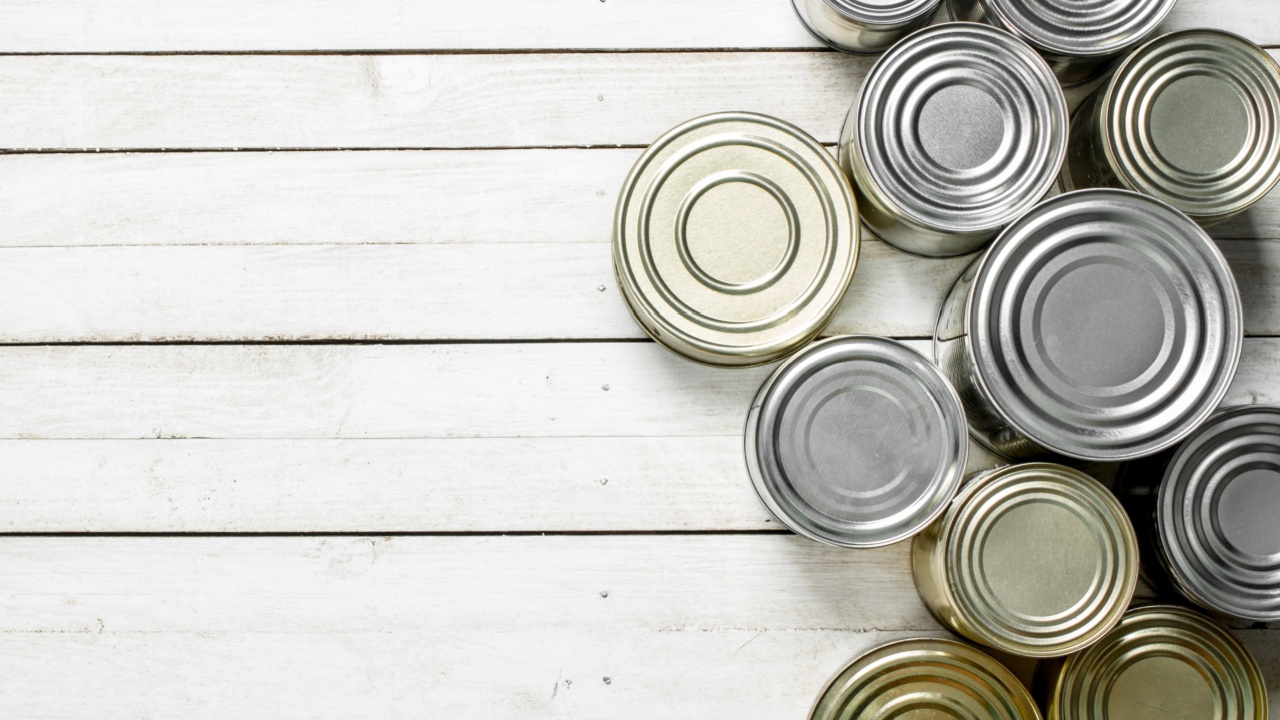
Regularly check and rotate your scavenged supplies. Use perishable items first and properly store long-lasting items. Canned foods should be used within 2-5 years for best quality. Implement a first-in, first-out system to ensure you’re using the oldest items first, reducing waste.
Develop a Network

If safe, consider forming alliances with other survivors for more effective scavenging. A group of 4-6 people can cover more ground and carry more supplies than an individual. However, be cautious about who you trust, as social dynamics can change drastically in survival situations.
Best Hunting Rifles of the Last 50 Years
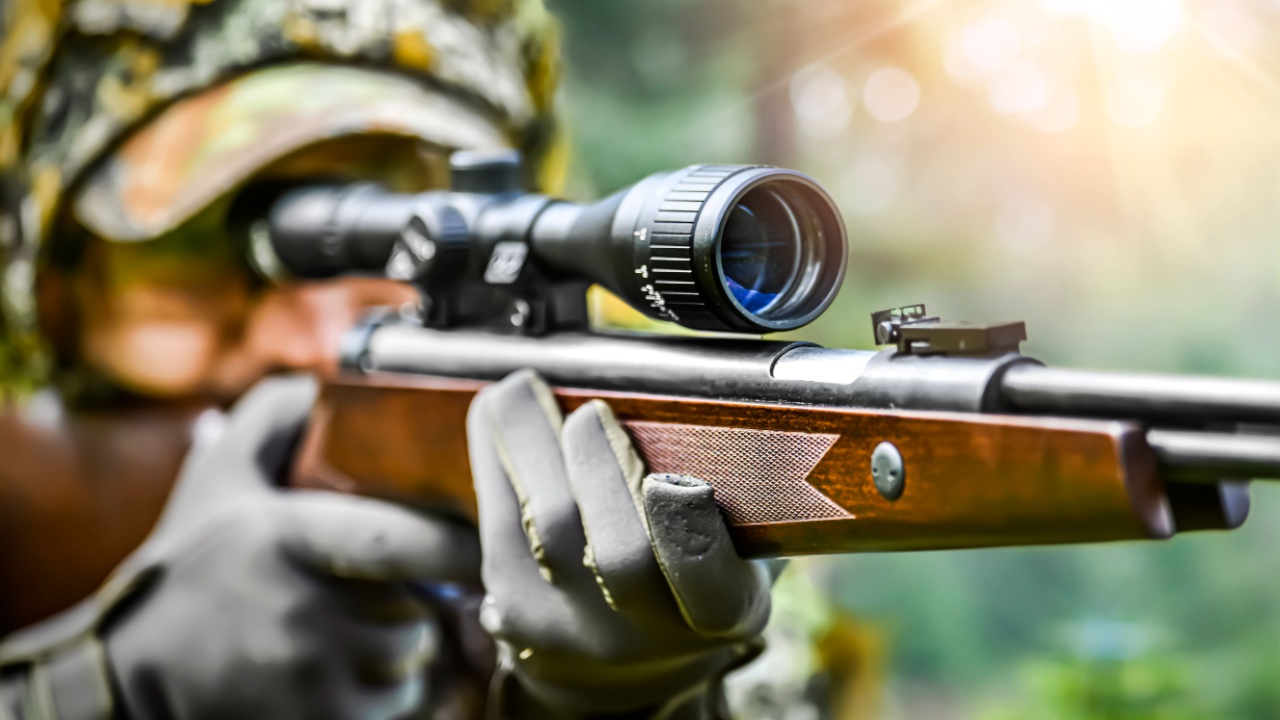
Choosing the “best” hunting rifle is a pretty personal thing. We all have different opinions and preferences on what we like to hunt with. But still, over the last 50 years, there have been some remarkable weapons. Over the past half-century, the evolution of hunting rifles has seen so many innovations, catering to a wide range of needs from the casual deer hunter to the adventurous big-game enthusiast. What’s your favorite hunting rifle? Which weapons deserve a spot on this list?
- Read More: Best Hunting Rifles of the Last 50 Years
14 Most Versatile Hunting Cartridges

With almost 16 million hunters in the United States, and with such a huge range of game to hunt, the right rifle and the best cartridge is critical. We have some of the most diverse ecosystems on the planet, with animals ranging from tiny squirrels to gigantic moose. The cornerstone of a successful hunt lies in the hunter’s skill and knowledge but also in the choice of ammunition. The right cartridge can make all the difference, offering the power needed for a clean, humane kill without compromising the quality of the game.
- Read More: 14 Most Versatile Hunting Cartridges
38 Things Every Prepper Should Stockpile That Aren’t Water, Food, or Weapons

This list extends beyond the basic survival trio of water, food, and weapons. It’s a given that we need to stock up on water, food, and a way to defend ourselves and what we have. But what other things will you need in a survival situation? None of us truly knows what TEOTWAWKI will really look like, although most of us have theories we think most likely. But whatever the situation is, there are certain supplies that it just makes sense to have on hand, aside from the obvious trio I mentioned above.

